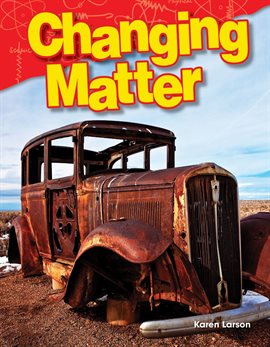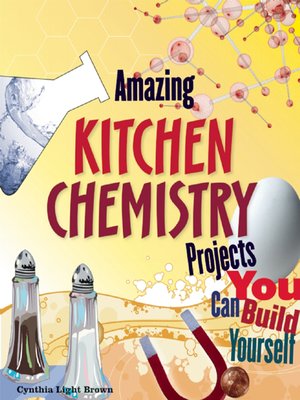Today we are going to learn all about oxidation by conducting two science experiments using pennies!
Penny Change – Make dull pennies shine & then turn green with these chemistry experiments!
Experiment Supplies
Part 1 – Dull to Shiny
Experiment Instructions:
- Pour the vinegar and salt into the small bowl & stir to dissolve.
- Put pennies into the bowl for 30 seconds. For very dull pennies soak for 1 minute.
- Take out pennies & rinse them with water.
- Place the pennies on a paper towel to dry.
Experiment Explanation: Pennies are made of copper or copper & zinc. They look dull or dirty when covered with copper oxide. Copper oxide forms when the copper reacts with oxygen in the air. Vinegar is acetic acid. The acetic acid reacts with the salt (sodium chloride) to produce sodium acetate & hydrogen chloride. These quickly remove the copper oxide from the pennies leaving a pure and shiny metal surface.
Part 2- Shiny to Green
Experiment Instructions:
- Place a paper towel or cotton pad in the bottom of the lidded container.
- Wet the paper towel with a bit of vinegar.
- Put a penny on the wet pad & cover with the lid. (The lid keeps the vinegar from drying out.)
- Put a penny on a dry pad or paper towel. (This is your control penny.)
- Dip a penny in the salt/vinegar mixture and place it on a dry pad or paper towel.
- Observe your pennies at 1, 2, 3 & 8 hours.
Experiment Explanation: Shiny pennies have exposed copper to react with oxygen in the air to form copper oxide making the pennies look dirty again. As the pennies continue to react with the oxygen a green-blue compound called malachite forms. Two of the pennies are exposed to acid; the vinegar and salt mixture you dipped one penny into and the vinegar you put on the cotton pad. These acids speed up the oxidation process. The vinegar (acetic acid) on the pad prevents the copper from oxidizing so the copper stays shiny.
Chemistry in Daily Life: The Statue of Liberty is covered with copper. Copper reacts with oxygen to form copper oxide and then malachite. The Statue of Liberty is green because of oxidation.
Experiment Tip: Pennies made in 1982 or earlier are made of solid copper, use them in this experiment to make it work even better.
Experiment Questions:
- Which penny oxidized the quickest?
- Why do you think this happened?
- Look at the back of the penny on the vinegar pad. What does it look like? Why?
To learn more about oxidation and chemistry check out some of these e-books available from the library:
Changing Matter
by Karen Larson
Available on Hoopla
Chemistry: Investigate the Matter that Makes Up Your World
by Carla Mooney and Samuel Carbaugh
Available on Hoopla
Amazing Kitchen Chemistry Projects You Can Build Yourself
by Cynthia Light Brown and Blair D Shedd
Available on Overdrive
The Everything Kids’ Science Experiments Book
by Tom Robinson
Available on Overdrive









